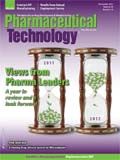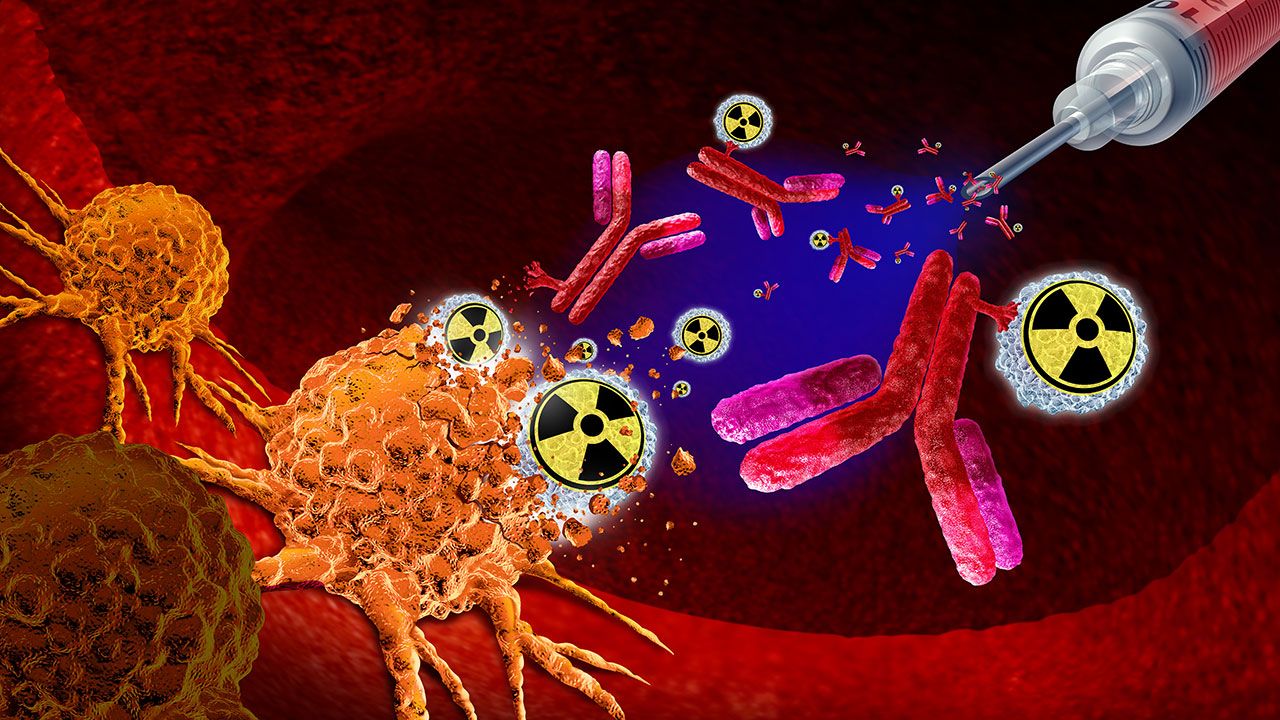Publication
Article
Pharmaceutical Technology
PQRI Case Study (7): PackOut Remedies to Minimize Contamination and Exposure
The seventh in a series of eight case studies from the Product Quality Research Institute focuses on packout remedies.
Isolation, drying, milling (including micronizing), and packaging operations for nonsterile APIs should be performed using a combination of suitably designed rooms and/or containment technology. The primary goals are to protect operators from exposure via the containment of the API, to minimize the risk of contamination of the API and packaging materials from other compounds and foreign material, and to minimize the risk of contamination of other compounds from the API. When evaluating isolation/packout environments for the API, it is important to consider the risk factors for contamination and operator exposure. The steps required to address the risks will vary based on processing step, equipment design, building finishes and design, and whether the facility is multipurpose or dedicated. The use of cleanable/controlled rooms, for example, presents the least risk but the use of engineering and processing controls can facilitate the use of other types of environments for isolating and packaging API.
This case study on packout remedies for mitigating contamination and exposure is the seventh of eight in a series put together by the Product Quality Research Institute Manufacturing Technical Committee (PQRI-MTC) risk-management working group. The series is meant to advance the understanding and application of the International Conference on Harmonization (ICH) Q9 Quality Risk Management guideline by providing actual examples of risk-management assessments used by the bio/pharmaceutical industry. The introductory article and first case study, on defining design space, appeared in the July 2011 issue of Pharmaceutical Technology (1). Subsequent case studies in the series (8 in total) can be viewed online at PharmTech.com/pqristudies.
In the current case study, the manufacturer identifies contamination and occupational exposure risk factors for final isolation and packout of nonsterile APIs and uses quality risk management to evaluate the proposed alternatives to minimize these risks.
Risk question and risk assessment method
The risk question developed for the subject case study was: Are there effective room designs and/or containment technologies that may be utilized during packout operations at existing facilities without significant capital investment to minimize the potential for cross contamination and operator exposure?
In this case study, the risk factors are more qualitative than quantitative. Therefore, the risk methodology selected for the subject case study was: a decision table or modified hazard and operability (HAZOP) study.

Table I: Risk-evaluation levels.
Risk identification, analysis, and evaluation
A multidisciplinary team made up of representatives from the Quality, Safety, Engineering, and Manufacturing divisions reviewed possible room designs, containment techniques, and operator-protection strategies. Some options reviewed included cleanable/controlled rooms, general purpose processing rooms, pressure differentials between zones, airlocks, packout booths, continuous liners, and dust-tight direct connect technology with the bulk container. As part of the exercise, various risks were identified for the packout process. Identification, definition, and documentation of the risks are crucial to the process. Examples of the potential risks are:
- Cross-contamination
- Foreign-material contamination
- Contamination of packaging material with other chemicals and foreign materials
- Operator exposure.
Two approaches for determining ways to cost effectively manage the above risks are:
- Minimize the environment around the package to facilitate control
- Use pressure differentials to help prevent the airborne migration of powder and foreign material. Four possible pressure differential zones around the package are packout booths, rooms, airlocks, and the general processing floor. Each zone can either be positive, negative, or equal to adjacent zones depending upon the hygiene/control strategy.
The assessment process first involved using the predeterimined risk factors to determine whether a respective packaging room or packout strategy would be appropriate. A risk level of high, medium, or low was assigned to each risk factor. If the risk level was determined to be "medium" or "high," then actions to mitigate the identified risk were considered and reviewed to determine their impact to reduce the identified risk level.
The scenario below involves the use of a general purpose processing room for API packaging. This type of room is typical for many API plants. It is designed to segregate critical processing activities from the general manufacturing floor. Considerations when evaluating this type of room include:
- The presence of rough surfaces or ledges make the room difficult to clean.
- The room is typically not designed for easy maintenance.
- The air in this type of room may not be HEPA-filtered but the air is normally filtered to some degree to remove dust.
In this example, an initial assessment was performed on the general purpose processing room regarding the risk factors. The risk levels were determined to be "medium" for all factors except "exposure to the operator in the room" which was assigned a "high" risk level. This assessment required mitigation for all factors.
Instituting a strict cleaning and maintenance program along with a positive pressure differential protects the API being packaged and the packaging materials being used for packaging. There were three options that pertained to mitigation of the remaining factors that could protect other compounds outside the room and operators inside or outside the room. After the mitigation, a follow-up assessment was performed and the new risk level is "none to low" for all factors.
Risk control
After reviewing the adjusted control strategy against the risk factors, additional solutions can be considered—if needed—until the risk is at least reduced to a "low" level.
Risk documentation and communication
The packaging control strategy for each packaging room and product should be documented using the risk assessment table and approved by both Quality and Safety. A copy of the approved control strategy is then sent to Quality, Safety, Engineering, and Manufacturing for implementation.
Reisk review
The packaging room and the packaging strategy should be reviewed annually to assess potential changes to facilities, equipment and systems to assess cumulative impact of changes upon cross contamination, foreign material, and hygiene control.
Ted Frank is with Merck & Co; Stephen Brooks, Kristin Murray,* and Steve Reich are with Pfizer; Ed Sanchez is with Johnson & Johnson; Brian Hasselbalch is with the FDA Center for Drug Evaluation and Research; Kwame Obeng is with Bristol Myers Squibb; and Richard Creekmore is with AstraZeneca.
*To whom all correspondence should be addressed, at kristin.murray@pfizer.com

Newsletter
Get the essential updates shaping the future of pharma manufacturing and compliance—subscribe today to Pharmaceutical Technology and never miss a breakthrough.





